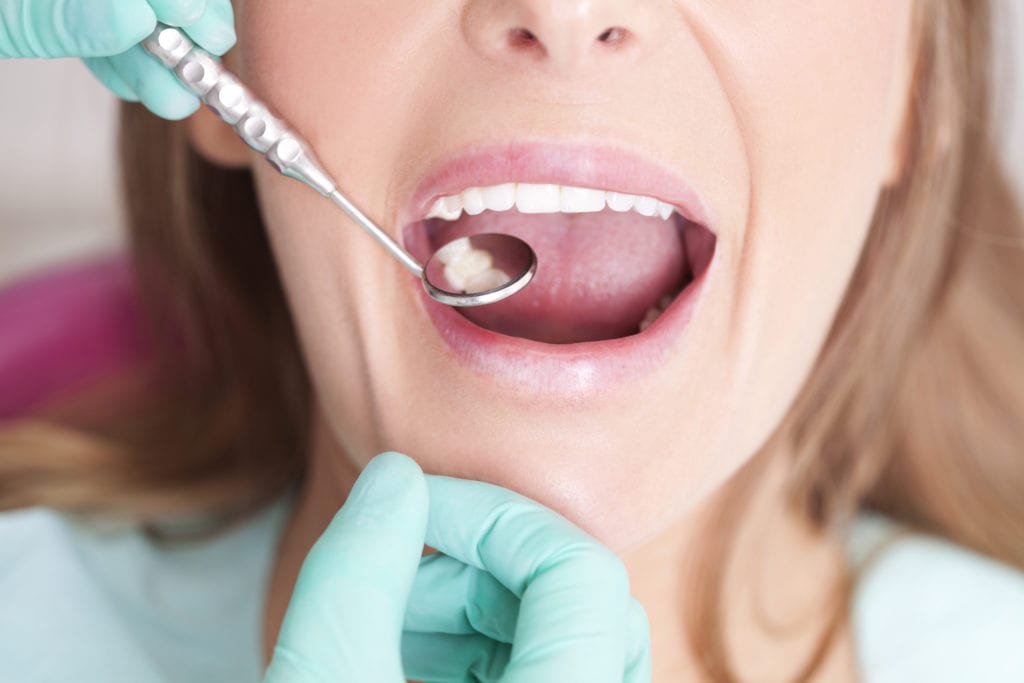If you have receding gums, it may be due to long-term aggressive brushing, braces, or severe gum disease. Gum disease is an infection caused by a buildup of plaque and bacteria along your gum line and over the surfaces of your teeth. Over time, gum recession can continue to the point where the roots of your teeth are exposed and left open to infection, which can lead to tooth extraction. It is important to address the gum recession as soon as possible. At Nima Ebrahimi, DDS, we provide gum grafting near you to help address receding gums.
Types of Gum Graft Procedures
There are kinds of gum grafting in Los Angeles– connective tissue and gingival. Both procedures involve a periodontist taking donor tissue from the roof of the mouth and attaching it to the area of the mouth where the recession has occurred- but they use slightly different methods.
A connective tissue graft involves a periodontist near you, opening a small flap in your palate and removing the connective tissue underneath. On the other hand, a gingival graft also uses the tissue from the palate of your mouth but uses the top layer of tissue instead. While using your own tissue is always the best option, it is not always possible to do so. If this is the case for you, your periodontist may perform a graft using cadaver tissue or tissue collected from a pig.
Preparing For Your Procedure
Generally, people don’t need to do too much before their surgery, but it is important to have a consultation ahead of time, where your periodontist in Los Angeles can walk you through what to expect during the procedure.
If you have any infections in your mouth, you will need to get these fully treated before moving forward with your surgical procedure.
What to Expect
You will be provided with a local anesthetic on the day of your procedure so that you won’t feel much pain. This means that you will be numb for a few hours after your procedure, and it is a good idea to eat before your treatment. You will also be provided with prescriptions such as painkillers and antibiotics, so you need to set up your pharmacy ahead of time.
Your procedure will involve your periodontist preparing the recipient site for the graft before removing the donor tissue and attaching the tissue. They will then suture the area. You may notice a small amount of bleeding after your procedure, but this is normal and should subside within an hour or so.
Healing After a Gum Graft
You shouldn’t feel too much pain after your procedure, but you will need to stay on top of your medications to heal correctly and comfortably. The first two days will be the most painful, and swelling tends to peak around day three before going down. You will need to avoid brushing in the area for at least a week and stick to a soft food diet.
If you have any further questions or concerns about gum grafting, please do not hesitate to contact our dedicated team of dental professionals at Nima Ebrahimi, DDS. We are happy to provide you with all the information you need to feel confident about moving forward with this procedure and protecting your oral health for years to come.
